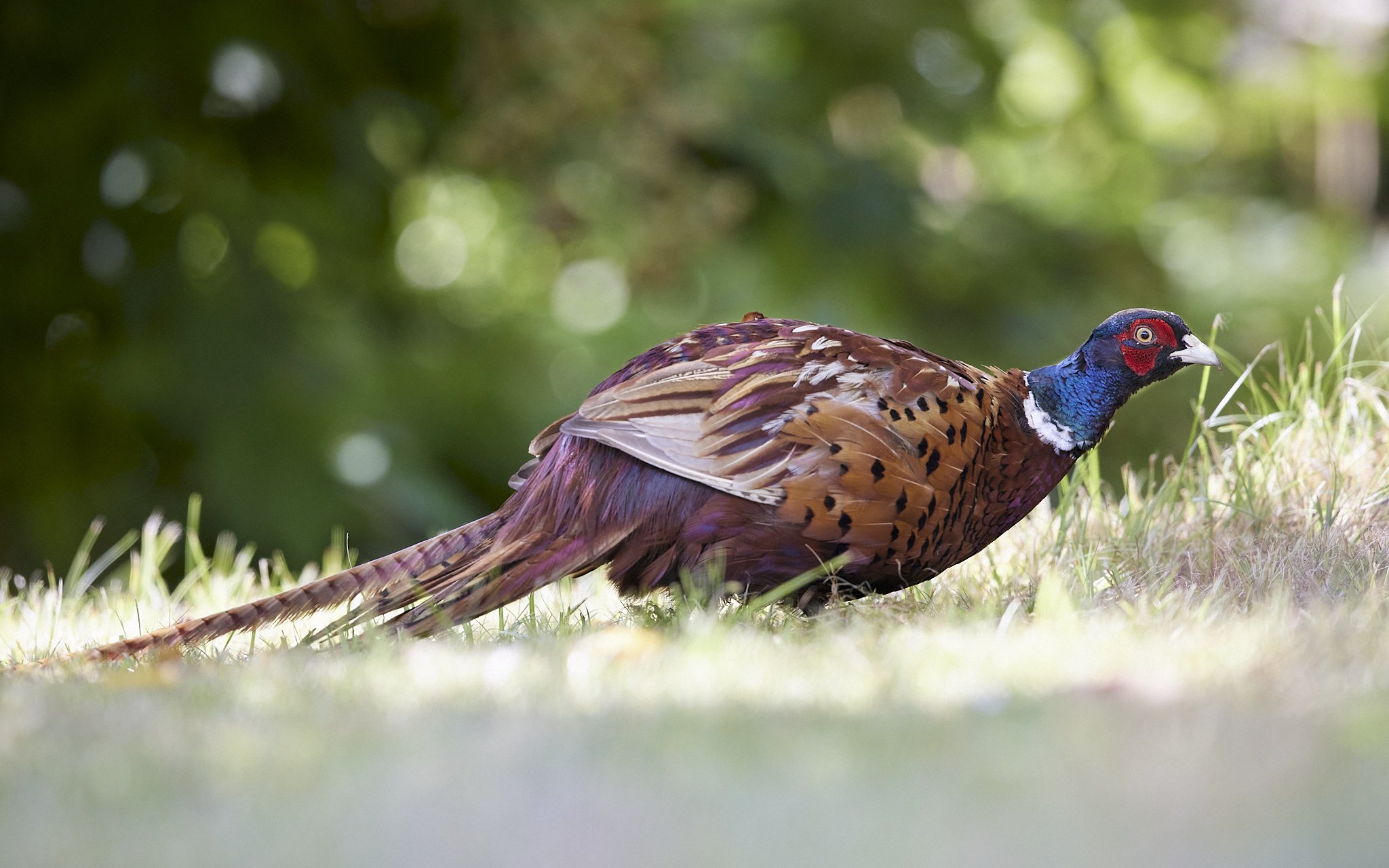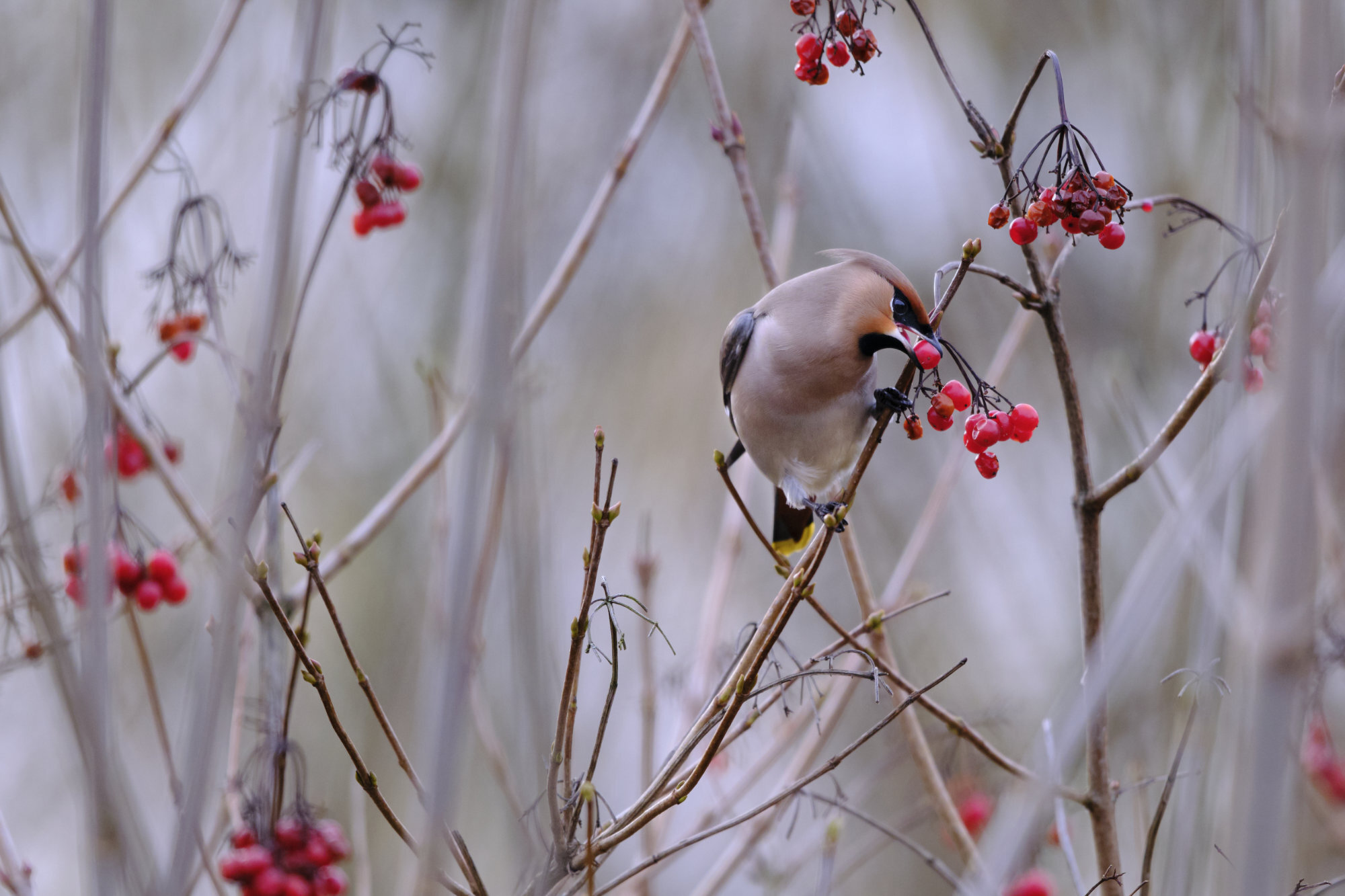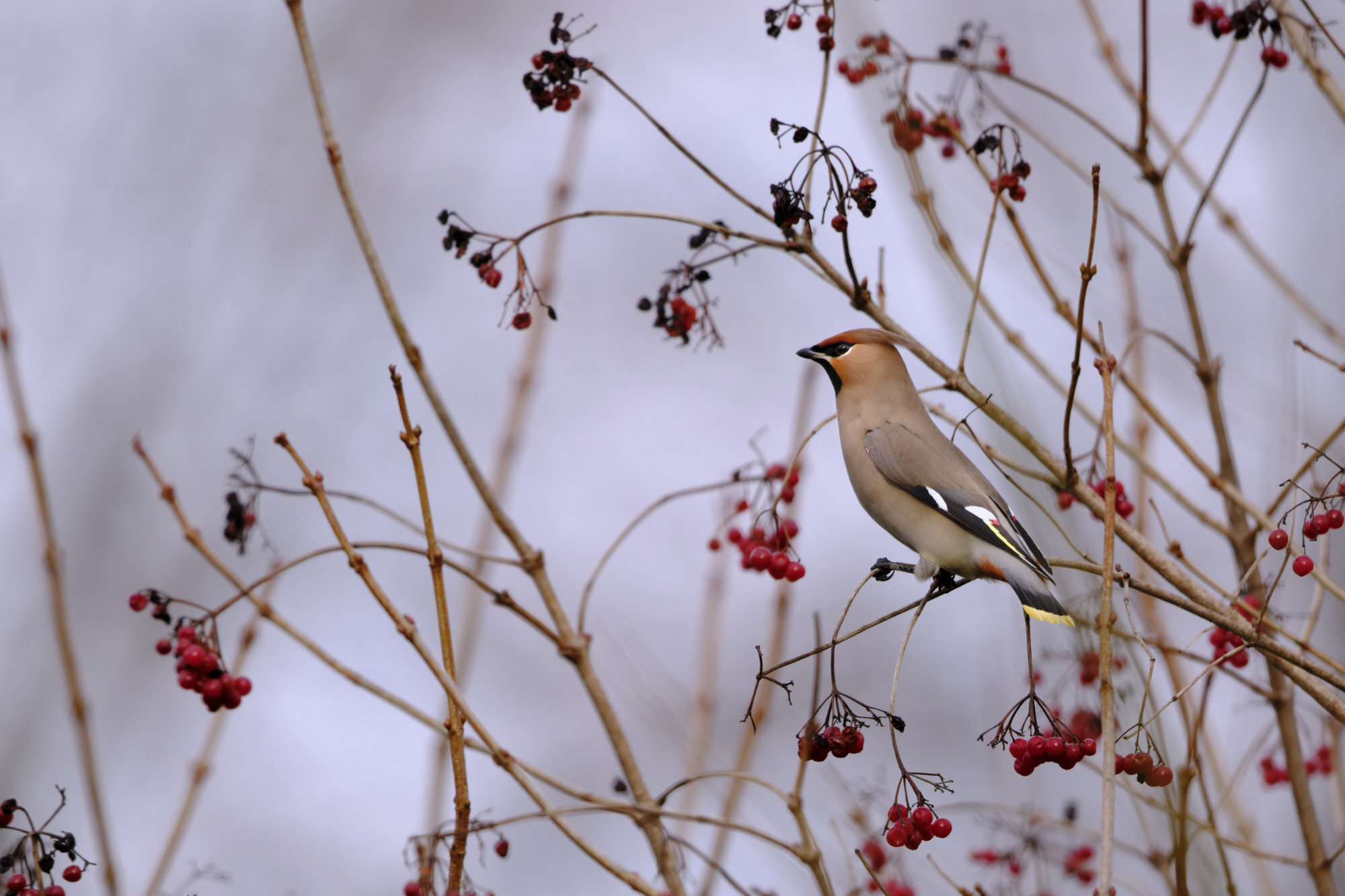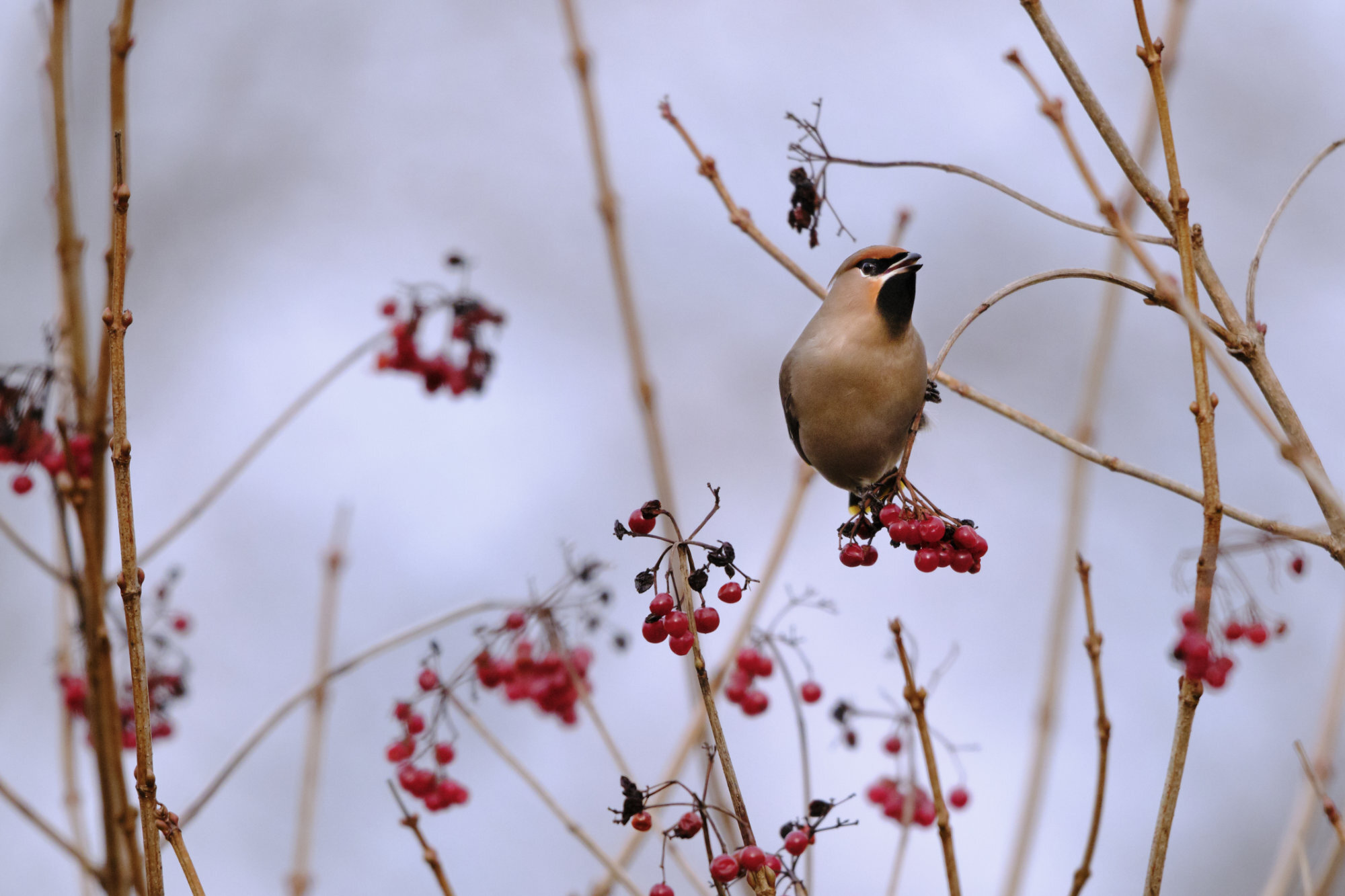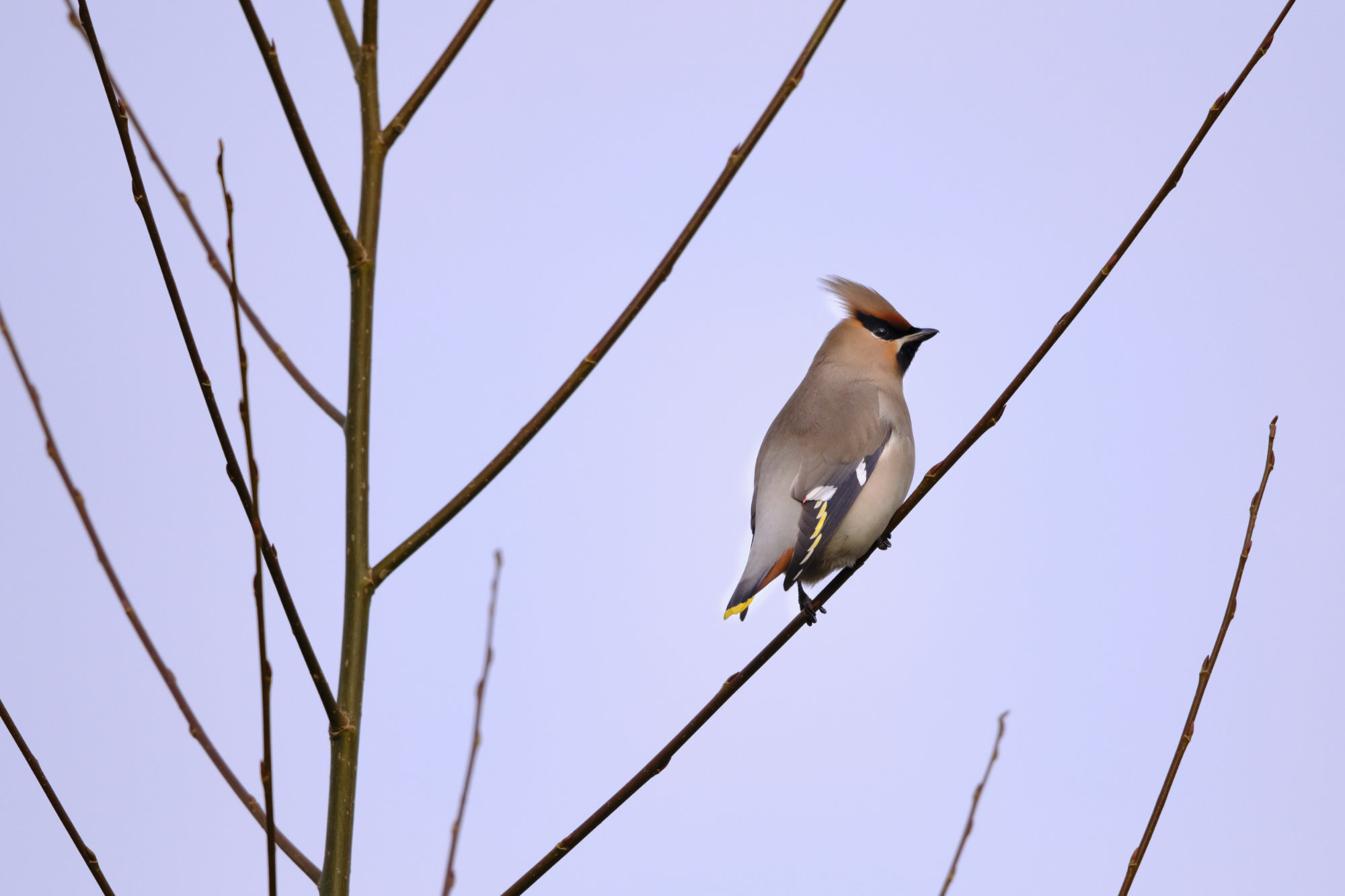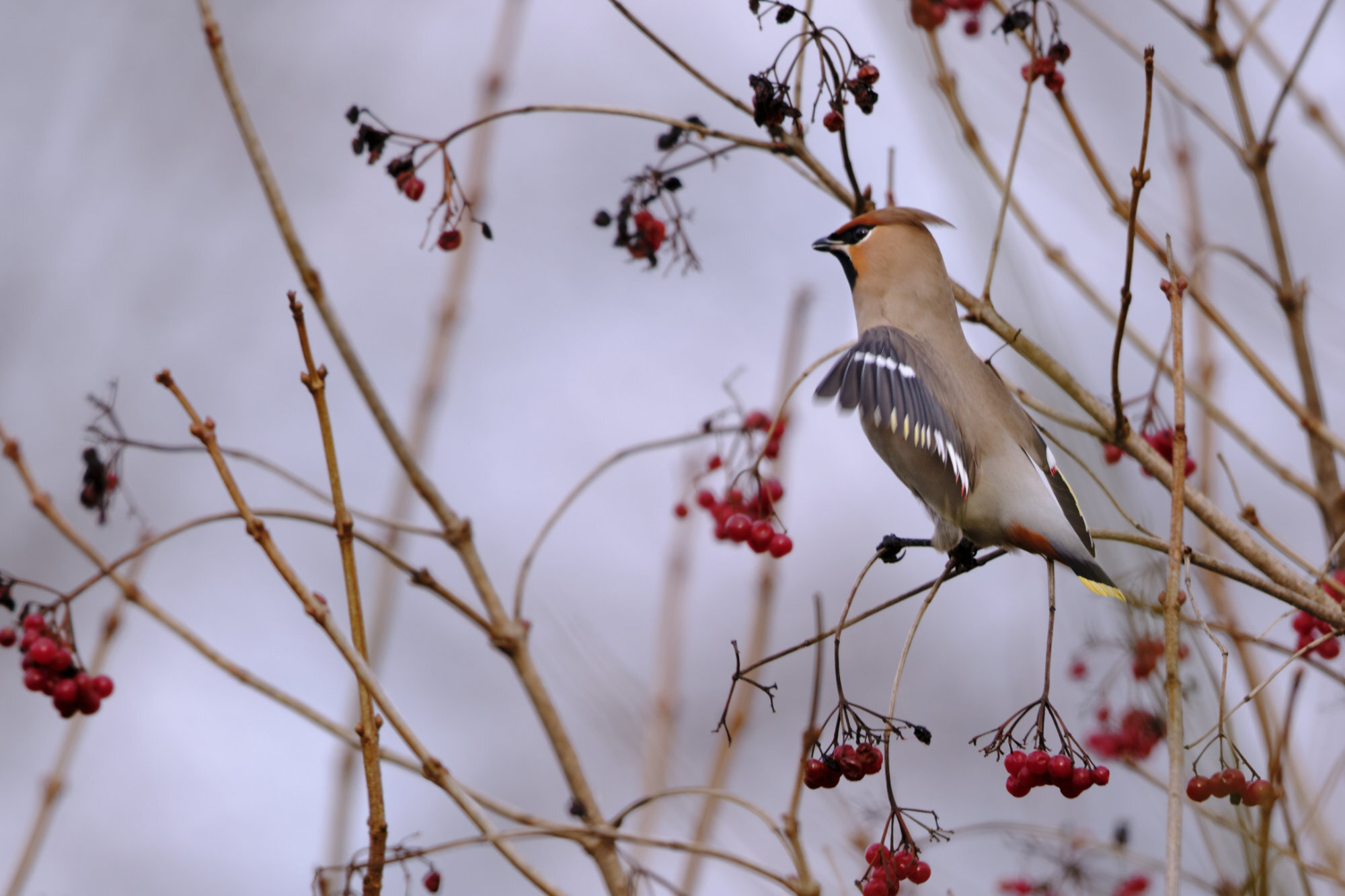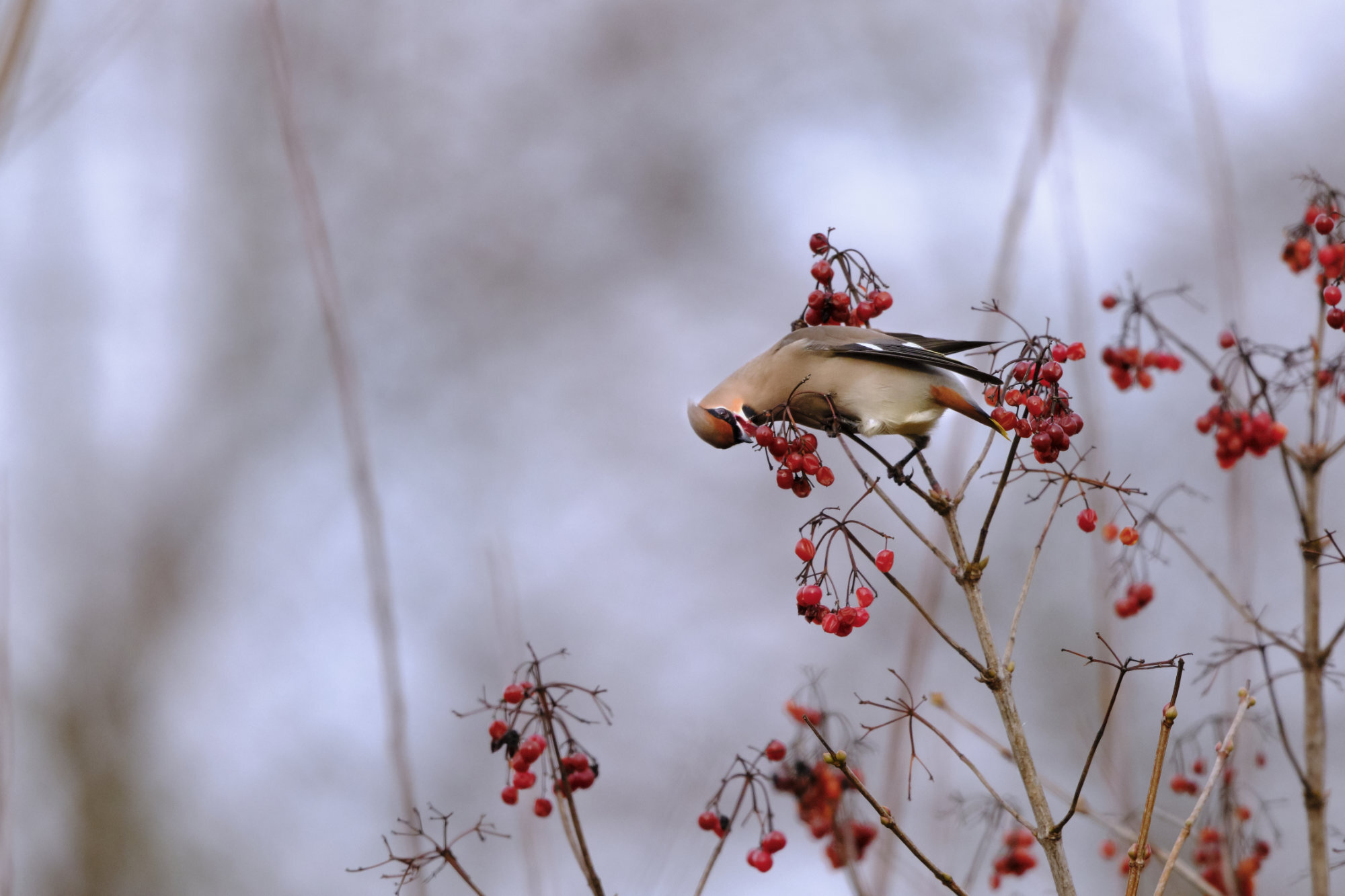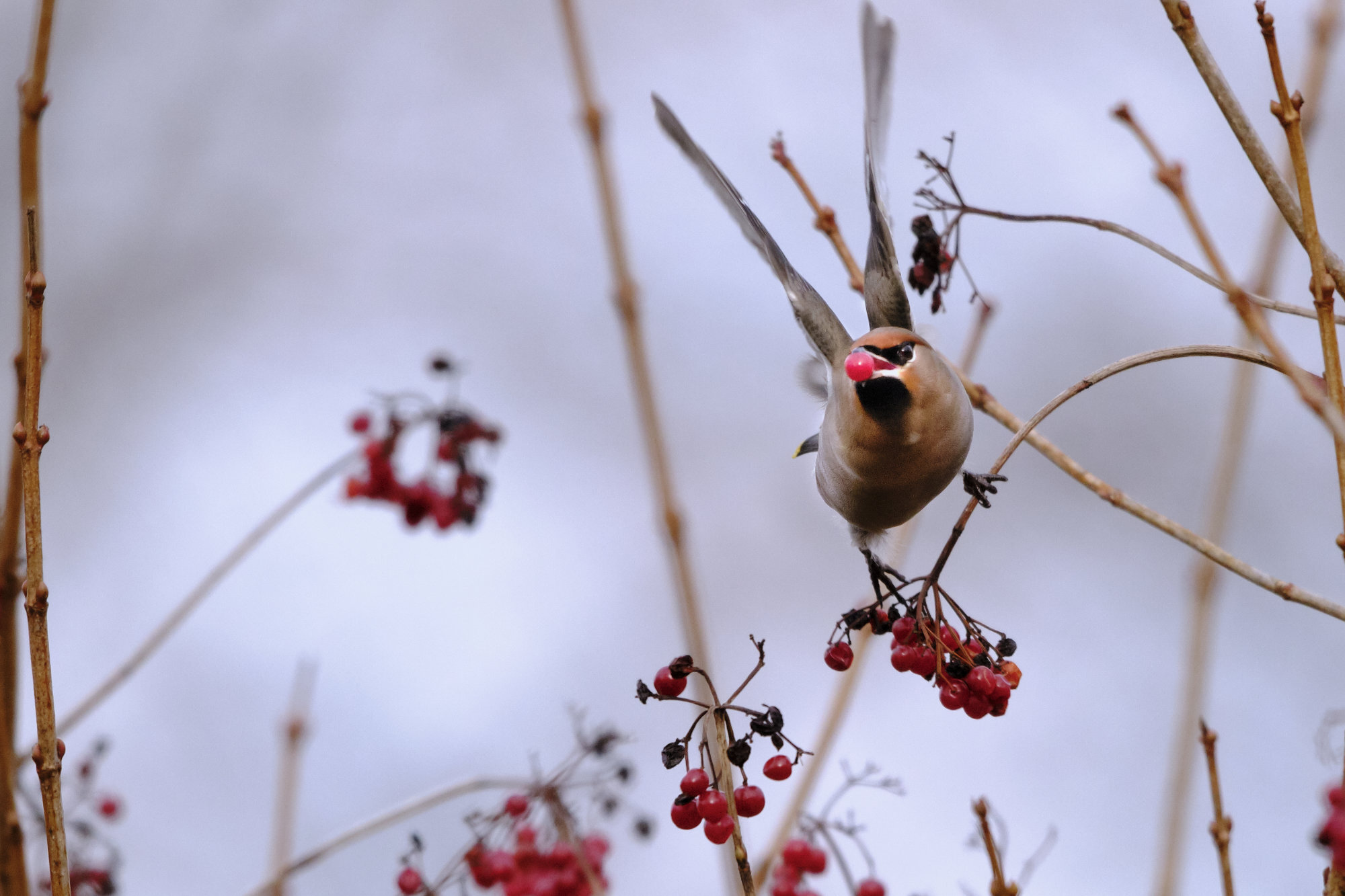In spring I often visited the local “Alter Botanischer Garten” in my hometown of Goettingen to photograph early blossomers. I dedicated an entire blogpost to this topic. Now I revisited the Botancial Gardens with an entirely different purpose: Frogs. More precisely: The common Water frog, also known as Green frog (Pelophylax kl. esculentus).
Water Frog courtship
From May to early June a small pond inside the garden is the stage of a beautiful and rather noisy spectacle. The courtship of the Water frogs. They gather in quite some numbers in the pond and do not care at all about stealth. They sit and swim and mate quite openly, but most of all: They croak. They croak that loudly that you can hear them from the nearby streets when you just walk by. It’s fantastic!
Both of its names, the Water and the Green frog are describing some key characteristics of the frog as it as mostly aquatic and very green. But from here, it gets way more complicated. According to Wikipedia, “Pelophylax kl. esculentus is the fertile hybrid of the pool frog (Pelophylax lessonae) and the marsh frog (Pelophylax ridibundus). It reproduces by hybridogenesis.” Hybridogenesis has only been described with three frog and some fish species. So in the end, this little screamer is quite special in a biological way.
All biological oddities aside, it is quite a beautiful sight to behold (if you are into frogs). The frogs allow you very close, they are active, but not hectic. This makes it quite easy to observe and photograph. Usually people in urban environments tend to overlook wildlife, but not here. The courting and croaking frogs attract a huge audience to the beautiful Old Botanical Garden of Goettingen University.












